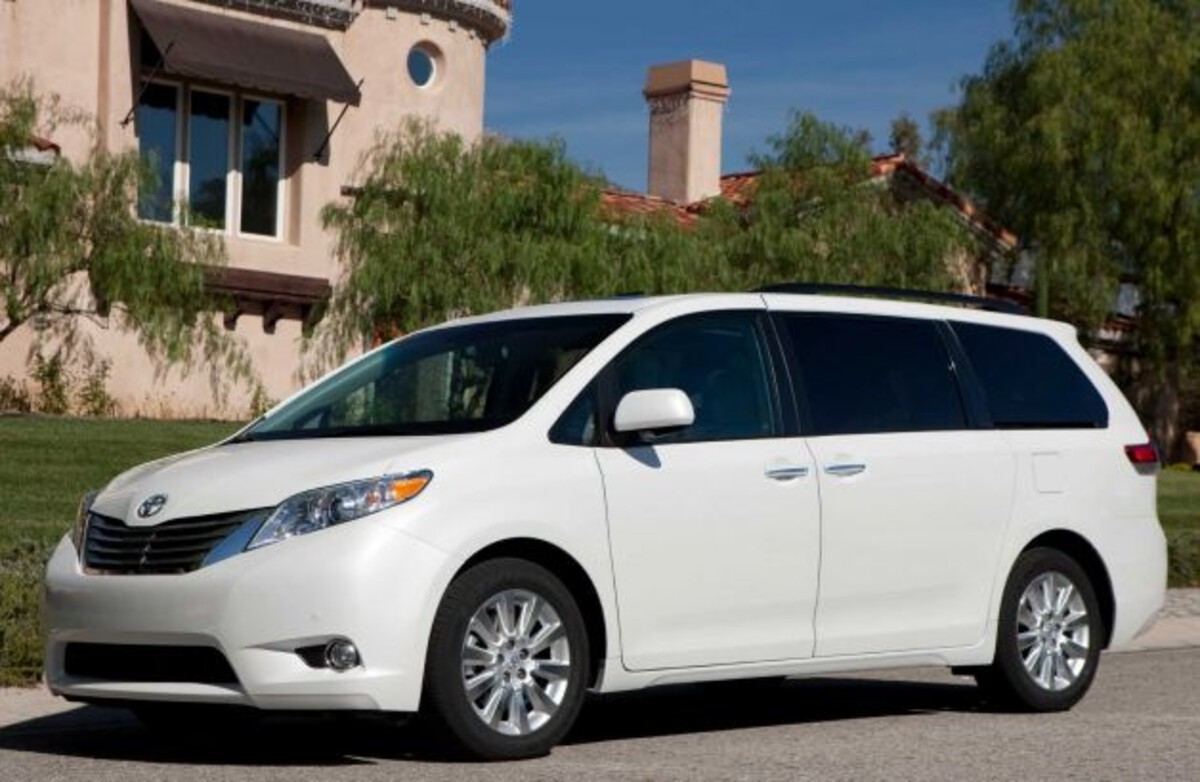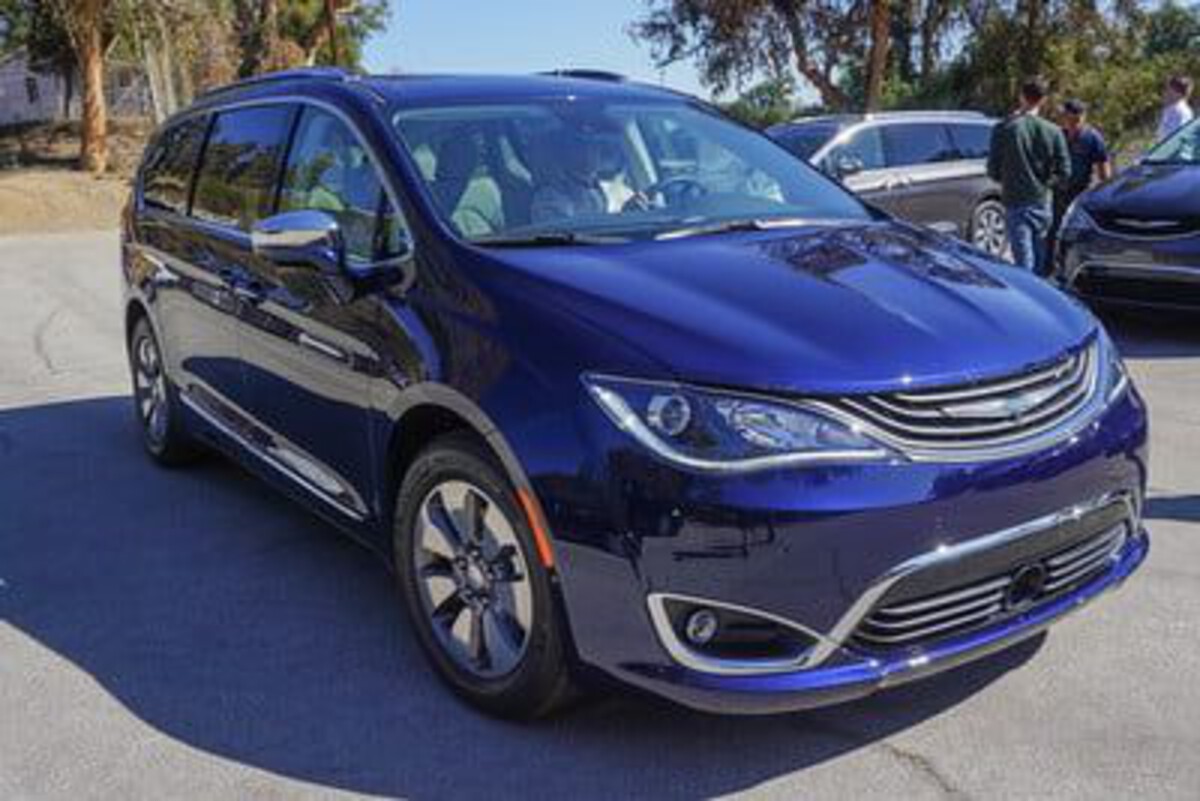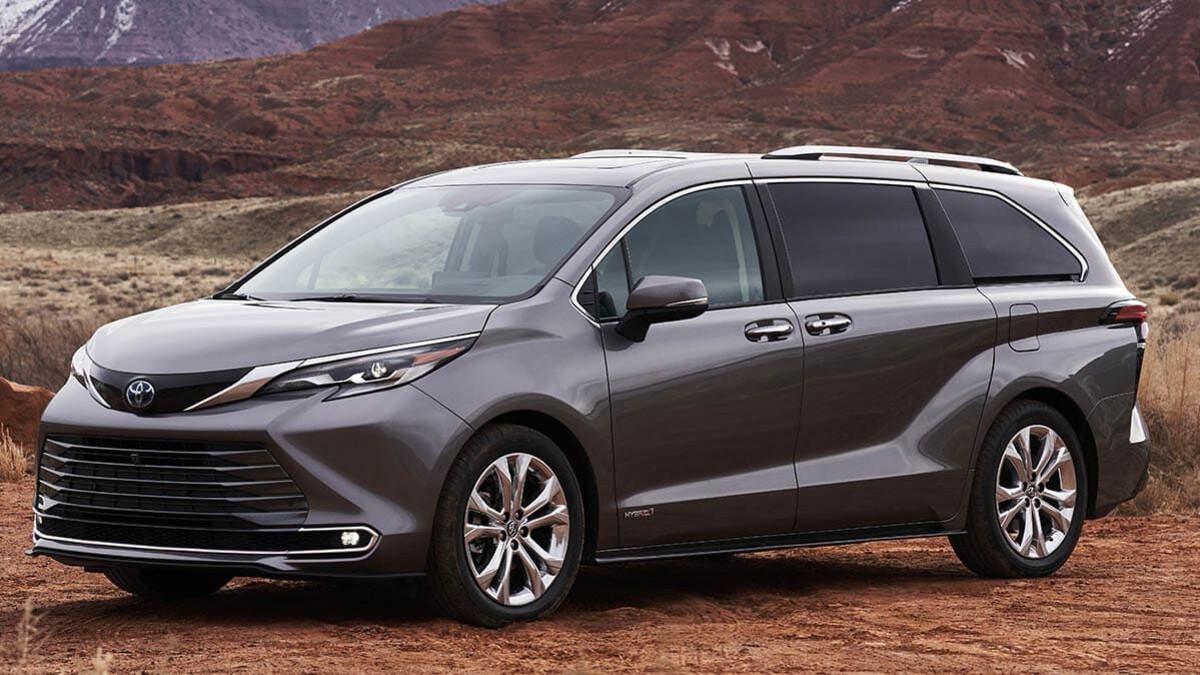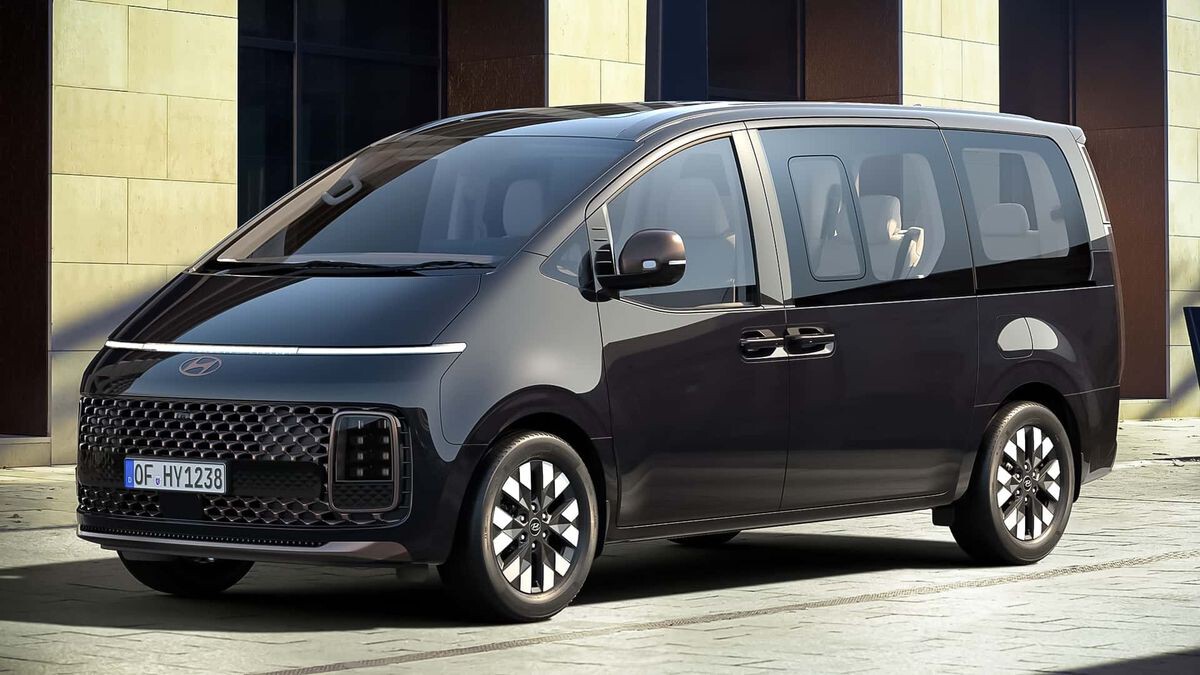Let’s be honest—minivans are the unsung heroes of family life. They’ve got the space, comfort, and features to keep everyone happy on long drives, grocery runs, or last-minute soccer practice pickups.
But here’s the thing most people don’t talk about: middle row access can make or break your daily driving experience. You shouldn’t need to perform acrobatics just to get your kid buckled in or grandma seated comfortably.
Some automakers try to squeeze in gimmicks or save money, and what ends up suffering is the practicality of accessing the second row, arguably one of the most used parts of a minivan. Meanwhile, a few models nail it with low step-in heights, wide openings, and smart seat designs that work.
This article’s going to call it like it is. We’re highlighting 5 minivans that make middle row access a chore, and 5 that get it completely right. No fluff.
No biased brand loyalty. Just the facts, from real-world user annoyances to thoughtful design wins. Whether you’re shopping for your next people-mover or just like knowing which car is less likely to destroy your knees, this one’s for you.
5 Minivans With Awkward Middle Row Access
When it comes to family vehicles, minivans are often praised for their spacious interiors and practical layouts. But not all minivans are created equal—especially when it comes to middle row access.
Whether you’re loading kids into car seats or helping an elderly passenger get settled, ease of access can make or break the daily driving experience. Surprisingly, some models fall short in this key area.
In this article, we take a closer look at five minivans that struggle with awkward or inconvenient middle row access, highlighting what makes them less user-friendly than the competition.
1. Toyota Sienna (Older Generations, esp. 2011-2020)
On paper, the Toyota Sienna should be one of the top contenders—it’s reliable, it drives well, and it has decent resale value. But middle row access? Yeah, not great. The big issue lies in the limited sliding range of the second-row seats.
They just don’t slide forward enough to create a wide path to the third row or to make buckling a car seat a hassle-free task.

The second-row captain’s chairs are bulky, and because Toyota kept its all-wheel-drive hardware under the floor, it limited how low and flat the floor could be.
That means a higher step-in height and awkward crouching for adults or older passengers. And don’t get me started on trying to reach past a bulky car seat to the third row. Not fun.
To be fair, Toyota fixed a lot of this with the newer hybrid Sienna (post-2021), but if you’re eyeing used models, which many people are for budget reasons, be warned: that second-row setup is just not it.
ALSO READ: 10 Cars With Power Liftgates That Open Too Slowly
2. Dodge Grand Caravan (Any Year, Honestly)
The Dodge Grand Caravan might have been the budget hero of minivans, but let’s not pretend it got everything right. That Stow ‘n Go seating was clever—being able to fold the second row into the floor is useful—but that same system compromised seat comfort and usability big time.

Middle row access is often a pain because the floor is higher due to the hollowed-out compartments underneath. That raises the step-in height and makes it awkward for shorter adults or kids to climb in. And if you’ve got the second-row bench? Good luck squeezing past that thing without bumping knees or twisting weird.
Add in the plasticky door trims and narrow entryways, and the whole process of getting in and out just feels outdated and clunky. It’s basic transportation that never evolved, and the middle row setup is a reminder of that every time you open the sliding door.
3. Chrysler Pacifica (Non-Hybrid Models With Stow ‘n Go)
Here’s the thing—Stow ‘n Go is great if you’re looking to haul plywood on weekends. But if your priority is comfort and easy access, it creates more problems than it solves.
On the non-hybrid Pacifica models, the second-row seats are designed to collapse into the floor, which means they have to be thinner and mounted higher off the ground.

This results in uncomfortable seat cushions and a narrower walking path to the third row. Kids can manage, sure, but if you’ve got car seats installed or want to help someone into the back, it’s tight. And folding the seats for access is not exactly quick or intuitive.
Pacifica’s sliding door width is decent, but the floor isn’t low enough to make the climb in and out feel natural. In the name of versatility, Chrysler sacrificed ease of access—something that just doesn’t fly in a family-first vehicle.
4. Kia Sedona (Pre-2022 Models)
The Kia Sedona was a solid minivan in terms of value, but its middle row configuration was weirdly inconsistent across trims and years. The biggest issue? The limited sliding range and non-removable middle seat on bench models.

Trying to get to the third row when you’ve got a middle seat locked in place feels like solving a puzzle. You end up either climbing over or yanking on levers that don’t move smoothly.
Plus, the captain’s chairs in higher trims had clunky mechanisms that weren’t exactly user-friendly. It’s not as if Kia didn’t try—they just didn’t quite get it right.
If you’ve got little kids, elderly passengers, or even just bulky bags to load, the Sedona makes you work harder than you should. And that’s frustrating in a segment that’s supposed to make family life easier, not harder.
5. Nissan Quest (2011-2017)
Let’s call it what it is—the Nissan Quest was the quirky cousin of the minivan family. It had bold styling and a plush interior, but usability? Meh. The middle row seats were heavy and difficult to move, especially when trying to access the third row.

They didn’t slide as far as competitors, and the step-in height was oddly tall for a van with no AWD. Even worse, the interior floor was unusually high, which made it uncomfortable to step in, particularly for kids or shorter adults. It also meant loading things like strollers or coolers involved more lifting than necessary.
Nissan clearly went for a lounge-like interior vibe, but it backfired when it came to practical access. It’s fine if you’re rarely using that middle row, but let’s be real—this is a minivan. That row needs to work every day. The Quest just missed the mark.
5 Minivans That Get It Right
Minivans may not win style points, but when it comes to practicality, they’re hard to beat—especially for families on the go. The best models offer smart design, flexible seating, and, most importantly, easy access to every row.
Whether you’re juggling car seats, groceries, or a car full of kids, the right layout makes all the difference. In this article, we spotlight five minivans that truly get it right, with middle rows that are easy to reach, simple to adjust, and built with real-world convenience in mind.
1. Honda Odyssey (2018–Present)
The Honda Odyssey continues to crush it in the usability department. Why? Two words: Magic Slide. This system lets you shift the second-row seats side to side and forward/backward, giving you a ridiculous level of control over how you access the middle and third rows.

Got a car seat installed? No problem—just slide the adjacent seat over. Need to get to the third row quickly? Slide the seats forward without removing anything. It’s insanely versatile, and it works smoothly too.
The step-in height is low, the floor is flat, and Honda made sure even grandparents or toddlers could manage without hassle. It’s one of those rare design wins where real-world usage clearly shaped the engineering. If you care about ease of access, especially if you’re a parent, it doesn’t get much better than the Odyssey.
ALSO READ: 12 Compact Cars With Front Seats Comfortable for Tall Drivers and Roomy Leg Space
2. Toyota Sienna (2021–Present Hybrid)
Toyota fixed almost every gripe people had with the older Sienna models in the latest generation. The 2021 redesign added super long-slide second-row seats that give you a crazy amount of room to maneuver. We’re talking up to 25 inches of travel—that’s almost limo territory.

Pair that with power sliding doors, a flat floor, and a low step-in height, and suddenly the Sienna becomes super easy to live with. Whether you’re helping your kid climb in, loading up groceries, or just shuffling people around, it’s all effortless.
Bonus points for having heated second-row captain’s chairs in some trims—comfort and accessibility. Plus, because the hybrid battery is under the front seats instead of under the second row, Toyota managed to keep the floor low and unobstructed. Definitely a glow-up from the older models.
3. Chrysler Pacifica Hybrid
Unlike the non-hybrid version, the Pacifica Hybrid ditches Stow ‘n Go in favor of actual comfort and better access. The second-row captain’s chairs don’t fold into the floor, so Chrysler gave them more padding and a better sliding mechanism.

This change also helped reduce the floor height, which means getting in and out is a lot smoother. And because the seats don’t have to be fold-flat, the designers focused on making them move easily, so passengers can step through without issues.
The hybrid model feels like a completely different van compared to the standard Pacifica. If middle row access is a dealbreaker for you—and let’s be honest, it probably is—skip the Stow ‘n Go and go hybrid instead. It’s just more usable in daily life.
4. Kia Carnival (2022–Present)
The Kia Carnival came in hot, trying to change the game—and in some ways, it really did. This minivan (or MPV, as Kia calls it) has some of the best second-row access in the segment. You get power sliding doors, a low step-in height, and wide entry points.

The second-row seats also have ottomans, recline functions, and can slide forward a ridiculous amount, which makes getting in and out—or reaching the third row—super easy. It’s the little things, like how smooth the tracks are and how intuitive the controls feel, that make a big difference.
Kia clearly looked at what annoyed people in older Sedonas and decided to fix it all in one go. Whether you’re dealing with car seats, kids, or carrying bulky items, the Carnival actually makes life easier, which is all you can really ask for.
5. Hyundai Staria (International Market)
Okay, so the Hyundai Staria isn’t available in the U.S. (yet), but it deserves a shoutout for just how well it handles interior access. This futuristic-looking van goes hard on space, design, and accessibility.

The middle row seats in the higher trims are fully power-operated, swivel, and slide with ease. The floor is flat, the roof is tall, and the doors open wide enough for nearly anyone to climb in with no drama. It’s honestly what you wish the Quest had been.
While it’s a bit of a unicorn for now, the Staria proves that practicality doesn’t have to come at the cost of comfort or cool design. If it ever comes to the U.S., it’s going to shake things up.
Middle row access might not be the flashiest feature, but it’s one of the most important in everyday usability in a minivan. The difference between an easy slide-in and a frustrating shimmy-past-a-car-seat can define how you feel about your vehicle every single day.
Some minivans—like the Honda Odyssey and Toyota Sienna Hybrid—clearly understand that ease of access is a top priority. They’ve engineered seats that move with purpose, lowered the floor for easier stepping, and made the overall experience smoother.
Others, like the older Dodge Grand Caravan or Nissan Quest, feel like they were designed in a vacuum, ignoring the reality of families juggling kids, bags, and chaos.
If you’re in the market for a minivan and middle row access matters to you (and it should), go beyond brochures and test that second row like your daily life depends on it—because it kind of does.
Whether you’re loading up toddlers, teens, or grandparents, you want a minivan that works with you, not against you. Choose smart. Your knees, your back, and your sanity will thank you.

